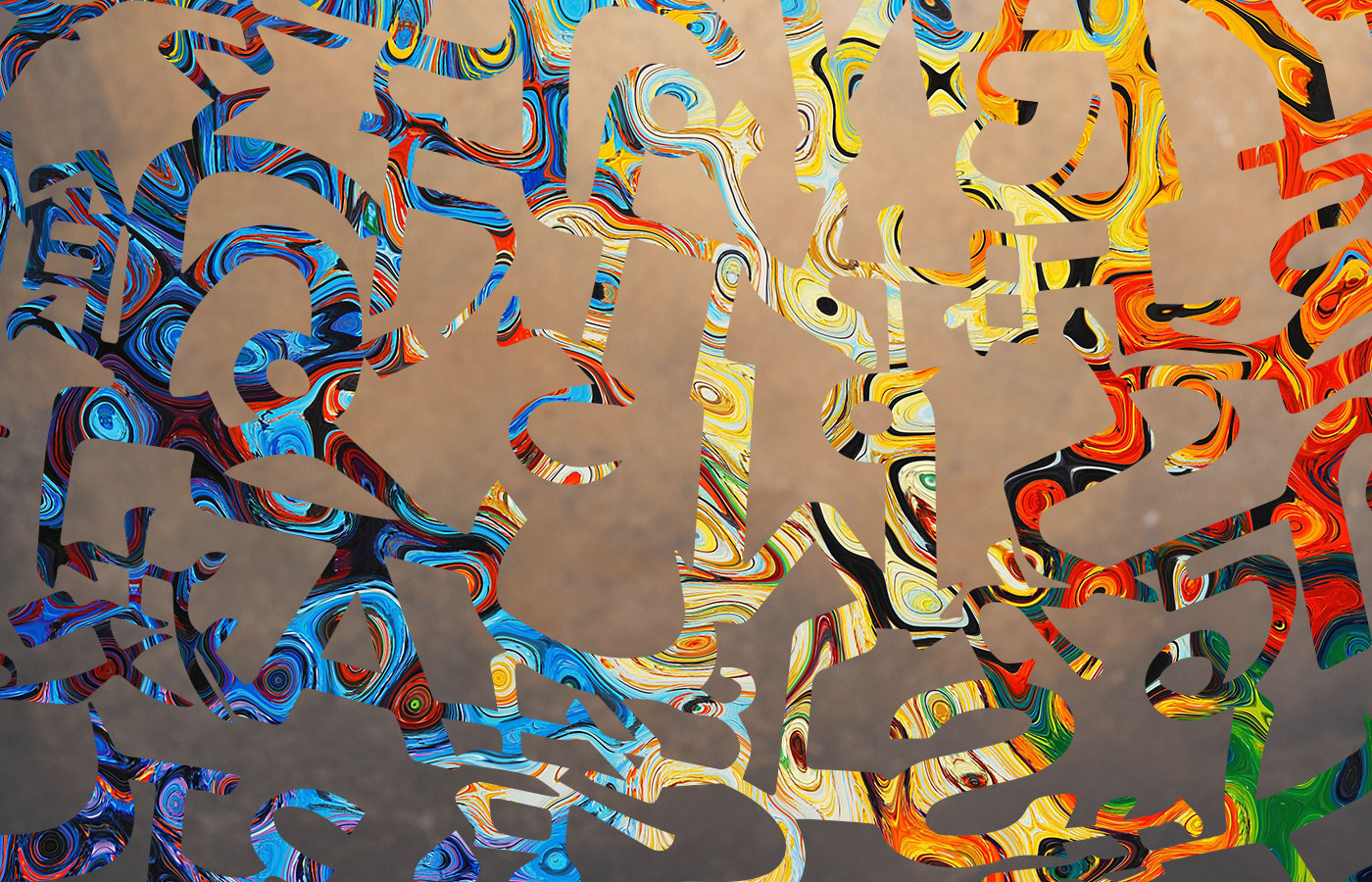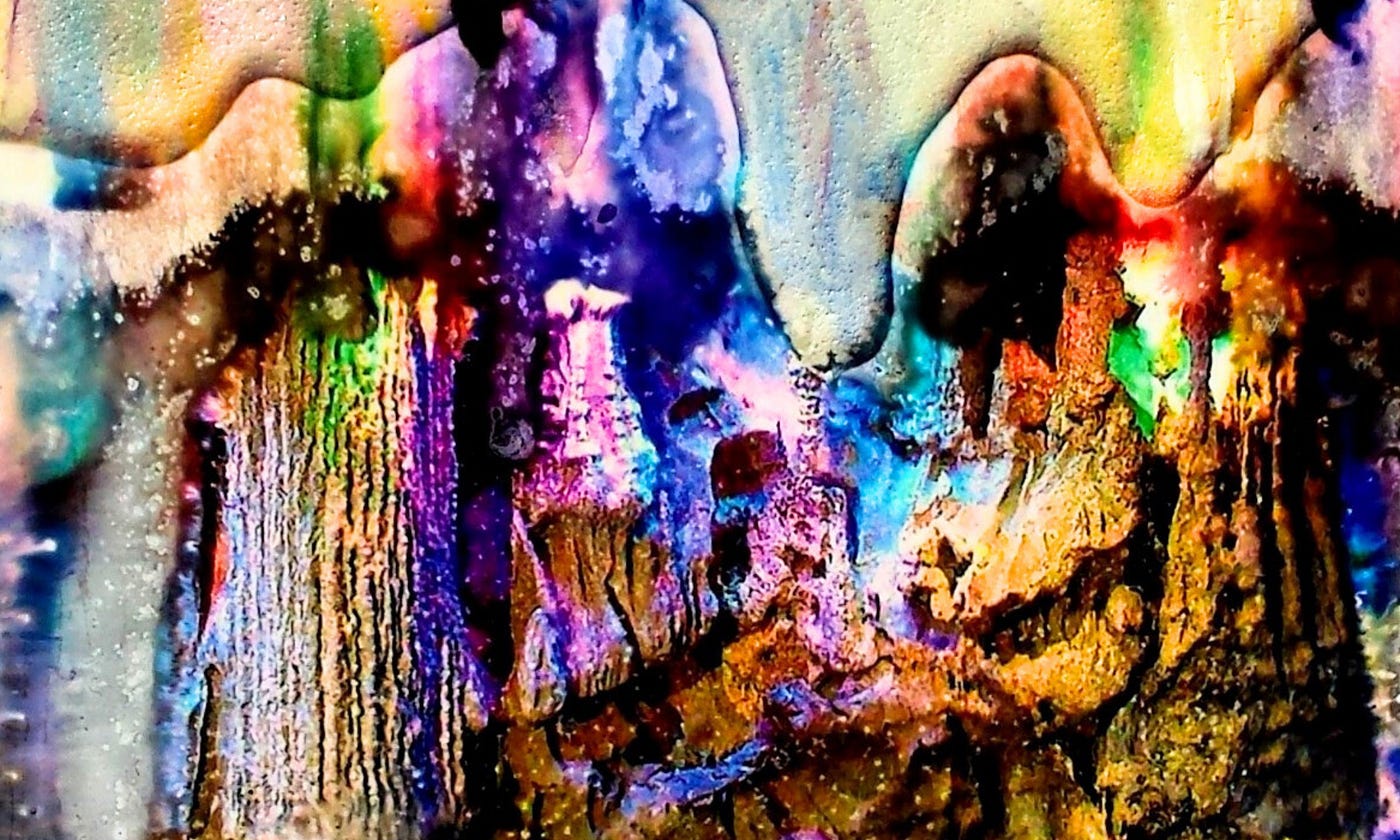It is impossible to overestimate the significance of art and creatology the study and practice of creativity in today's technologically advanced, fast-paced society. They are not only ornamental or optional; they are necessary to promote creativity, mental health, and social advancement. We may foster a society that values creativity, interpersonal relationships, and advancement by embracing art and creatology.
1. The Universal Language of Art
"We may both lose and find ourselves via art at the same time." — Thomas Merton(alert-success)
Art bridges cultural and personal divides by promoting empathy and understanding via its universal qualities. For instance, works that are well-known around the world, such as Beethoven's Symphony No. 9 or Van Gogh's Starry Night, inspire wonder and inspiration in everyone.
Table 1: Art Forms and Their Influence
| Art Form | Primary Impact | Example |
|---|---|---|
| Visual Arts | Emotional expression | Painting, sculpture |
| Performing Arts | Shared experiences | Theater, dance |
| Literary Arts | Storytelling and introspection | Poetry, novels |
2. Creatology: The Innovation Engine
The study and use of creativity, or creatology, is essential to addressing today's problems. Innovation is fueled by creativity across a wide range of industries, including technology, healthcare, and education. For example, innovative thinking is responsible for the creation of vaccinations and ground-breaking technologies like artificial intelligence."Intelligence having fun is creativity." — Albert Einstein(alert-success)
By encouraging creativity, we enable people to think creatively, leading to innovations that enhance lives and influence the future.
Table 2: Advantages of Fostering Originality
| Benefit | Description |
|---|---|
| Problem-solving | Innovative solutions to complex issues |
| Adaptability | Quick response to changing circumstances |
| Emotional resilience | Enhanced ability to handle stress |
3. Mental and Emotional Health
Creating art and other creative endeavors may greatly improve mental health. According to studies, making or enjoying art lowers tension, anxiety, and depressive symptoms. Creative pursuits, such as painting, writing, or music-making, provide a healing haven."Being artistic is not a means of earning money. They are a very human method of easing the burden of life. — Kurt Vonnegut(alert-success)
Additionally, social relationships are cultivated through group creative activities, which lessen feelings of loneliness and enhance communal well-being.
Table 3: Art's Benefits for Mental Health
| Activity | Mental Health Benefit |
|---|---|
| Painting/Drawing | Stress reduction and self-expression |
| Music | Emotional regulation and mood enhancement |
| Writing | Clarification of thoughts and emotions |
4. Fostering Critical Thought
By pushing people to view the world from many angles, art and creatology promote critical thinking. Analyzing a work of art or working on creative problem-solving exercises fosters the growth of abilities like interpretation, analysis, and observation."The grime of daily living is washed away from the soul by art." – Pablo Picasso(alert-success)
5. Motivating Upcoming Generations
Students are encouraged to explore their own skills via artistic and creative activities, which aid in the development of their self-awareness and confidence. Group art projects, for example, encourage cooperation and teach pupils to respect other viewpoints and strive toward shared objectives. Children may express themselves clearly via drama exercises and storytelling, which foster successful communication. Additionally, these activities offer secure environments where kids may express themselves without worrying about criticism.
Resilience, a vital life skill, is acquired via creative projects that include trial and error. When students experiment with concepts and occasionally confront failure in the process, they learn the necessity of tenacity and adaptation. For example, a student striving to perfect a piece of music or a painting progressively develops problem-solving abilities and emotional fortitude.
Additionally, education that emphasizes creativity connects conventional academic fields. By combining art, science, technology, engineering, and math (STEAM), new teaching strategies that include students in practical applications are introduced. By encouraging curiosity and a love of learning, this interdisciplinary approach makes sure that future generations are not just informed but also motivated to develop.
Additionally, education that emphasizes creativity connects conventional academic fields. By combining art, science, technology, engineering, and math (STEAM), new teaching strategies that include students in practical applications are introduced. By encouraging curiosity and a love of learning, this interdisciplinary approach makes sure that future generations are not just informed but also motivated to develop.
"All kids are artists. The issue is how to continue becoming artists as we get older. – Pablo Picasso(alert-success)
We train young brains for a future that values creativity, empathy, and flexibility by making creativity a priority in school. The outcome is a generation that can approach global issues with creativity and compassion.
Table 4: Educational Creativity
| Skill Developed | Example Activity |
|---|---|
| Collaboration | Group art projects |
| Communication | Storytelling and drama activities |
| Resilience | Learning from mistakes in creative tasks |
| Multidisciplinary Thinking | Integrating art into STEAM projects |
6. Promoting Social Advancement
In a similar vein, visual arts have been crucial in bringing societal concerns to light. Picasso's Guernica, for instance, profoundly depicted the atrocities of war and had a lasting effect on society. These illustrations show how art can be used to shape and impact society in addition to reflecting it.
By encouraging creative responses to societal problems, creativity also propels social advancement. Think of innovative urban design initiatives that improve the sustainability, livability, and inclusivity of cities. For example, public art projects may turn run-down areas into lively gathering places that promote interaction and communication amongst various communities.
By encouraging creative responses to societal problems, creativity also propels social advancement. Think of innovative urban design initiatives that improve the sustainability, livability, and inclusivity of cities. For example, public art projects may turn run-down areas into lively gathering places that promote interaction and communication amongst various communities.
"Creativity never runs out. You have more the more you utilize. – Maya Angelou(alert-success)
Frequently Asked Questions, or FAQ
1. First, what is creatology?The study and use of creativity is known as creatology. It focuses on comprehending the nature of creativity, how to foster it, and how it may be used in a variety of contexts, including technology, business, and education.
2. For what reason is art regarded as a universal language?
Through images, sounds, and performances, art communicates ideas, tales, and emotions that cut beyond linguistic and cultural boundaries. People from various origins may relate to and sympathize with one another because of this common quality.
3. What are the mental health benefits of artistic pursuits?
Stress, anxiety, and sadness can be lessened by engaging in creative pursuits like painting, writing, or music-making. They improve mental health and give people a therapeutic way to express their feelings.
4. Can creativity be taught, or is it innate?
While everyone has an intrinsic capacity for creativity, it may be nourished and expanded via education, practice, and support. Activities that foster problem-solving, investigation, and inventive thinking are particularly helpful.
5. How does art contribute to societal progress?
Art supports cultural progress by questioning existing standards, raising awareness of social challenges, and stimulating creativity. Artists and creatives have traditionally played vital roles in movements pushing for equality, justice, and cultural change.
While everyone has an intrinsic capacity for creativity, it may be nourished and expanded via education, practice, and support. Activities that foster problem-solving, investigation, and inventive thinking are particularly helpful.
5. How does art contribute to societal progress?
Art supports cultural progress by questioning existing standards, raising awareness of social challenges, and stimulating creativity. Artists and creatives have traditionally played vital roles in movements pushing for equality, justice, and cultural change.
In ending
Because they have an impact on all facets of human life, art and creatology are important. They enable us to communicate our deepest feelings, work through challenging issues, and establish meaningful connections with one another. It is more important than ever to embrace creativity and creative expression as we confront the problems of the modern world. To create a better, more interconnected future, let's honor and support creativity and the arts.
"The earth is just 'eh' without art." — Unidentified(alert-success)







